Written by Lorrie Reynolds
Categories
Before you train any behavior, you have an important decision to make. What are the criteria going to be for correct performance? Having a plan and end criteria is similar to having goals. You have to know what you want in order to know what to reinforce. Also, what you are asking must be something that is understandable to the dog. Too often, we start training a new behavior without knowing exactly what we want. The end result is often a confused, frustrated dog and a discouraged trainer.
Your plan will vary depending on your training method. If you are shaping, you might need criteria for each step along the way. If you are luring or targeting, you will need to know what the end behavior should look like and what variations you are willing to accept to get there. Either way, your criteria must be clear, enforceable, and you must be able to easily determine whether the criteria have been met. Make sure that the reinforcement rate can be kept high with the criteria you choose.
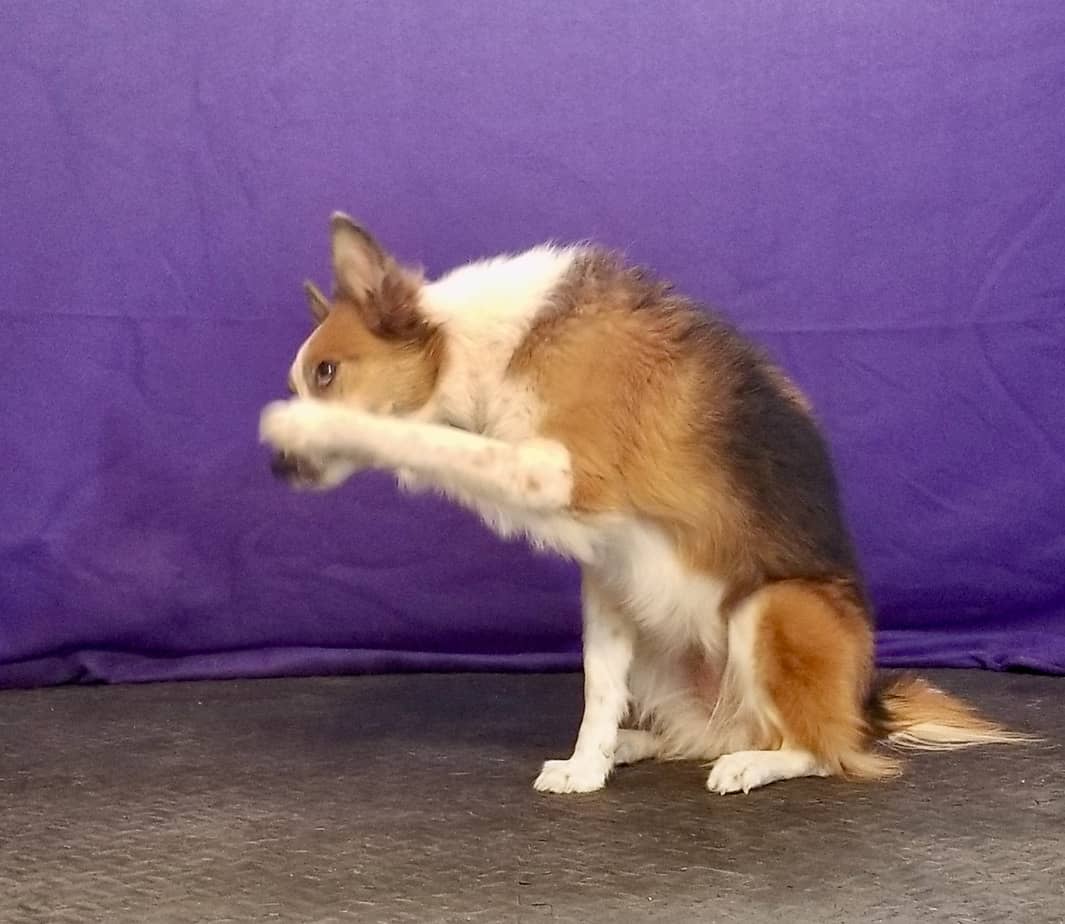
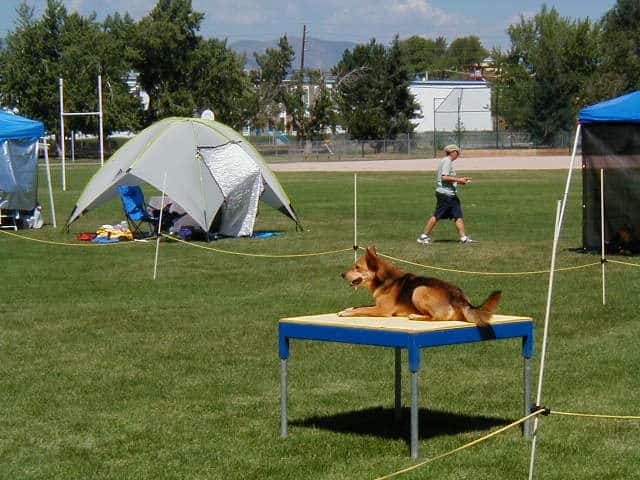
A good example is teaching a dog to perform the table. The steps for shaping a table performance might be broken up as follows:
-
- Dog looks at table
- Dog moves toward table
- Dog touches table
- Dog puts a paw on table
- Dog puts two paws on table
- Dog jumps on table
- Dog enthusiastically jumps on table
- Dog enthusiastically jumps on table from 5 feet back (10 feet back, etc.)
- Dog lies down on table
- …
- Dog runs full speed, jumps on the table, lies down immediately, and stays until released
Each of the steps has black and white criteria that can be understood by the dog and easily determined by the trainer. The behaviors are broken down enough that the reinforcement rate can be kept high, but aren’t so subtle that the dog will be confused.
Every behavior can be broken down into several steps like those above. The key is determining the end result so you can map a plan to get there. Do yourself and your dog a favor and decide on criteria *before* you train, and you’ll be surprised by how easily your dog learns.
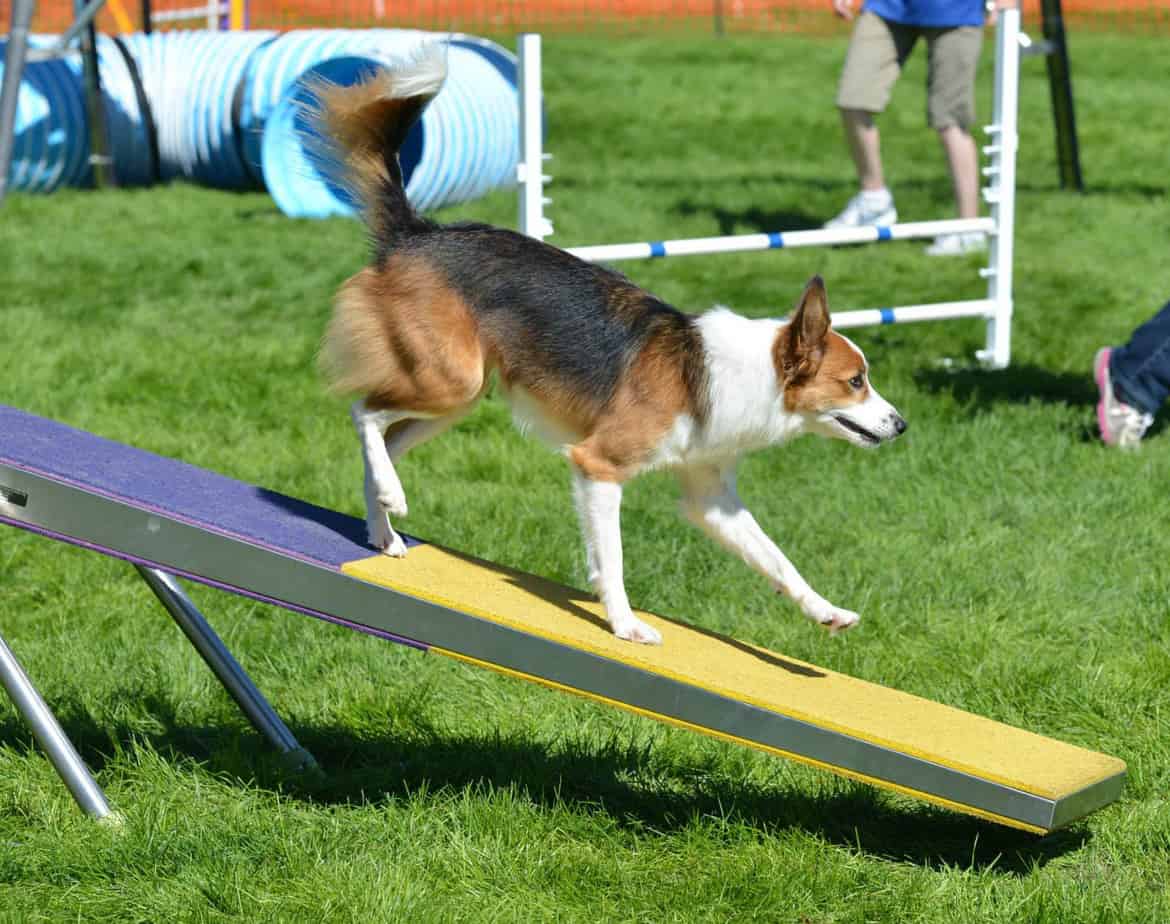
You Might Also Like…
Five Ways to Crush It at Your Next Dog Agility Seminar
Going to a dog agility training seminar? Check out these five tips to maximize your return on investment!
Read This Before Deciding on Your Agility Dog’s Contact Performance
Which contact performance, running or stopped, is right for your team? The answer might surprise you.
Is Your Agility Dog a Pinto or a Ferrari?
If you’ve moved up from a slow or moderately-fast agility dog to a speed racer, here’s some advice to make your life easier.
Get tips, stories, discounts, and early notification of events and new courses delivered straight to your inbox! Join the community!
Cover photo: Courtesy of Stover Photography
Third photo (teeter): Courtesy of Dog Agility Photos for Fun
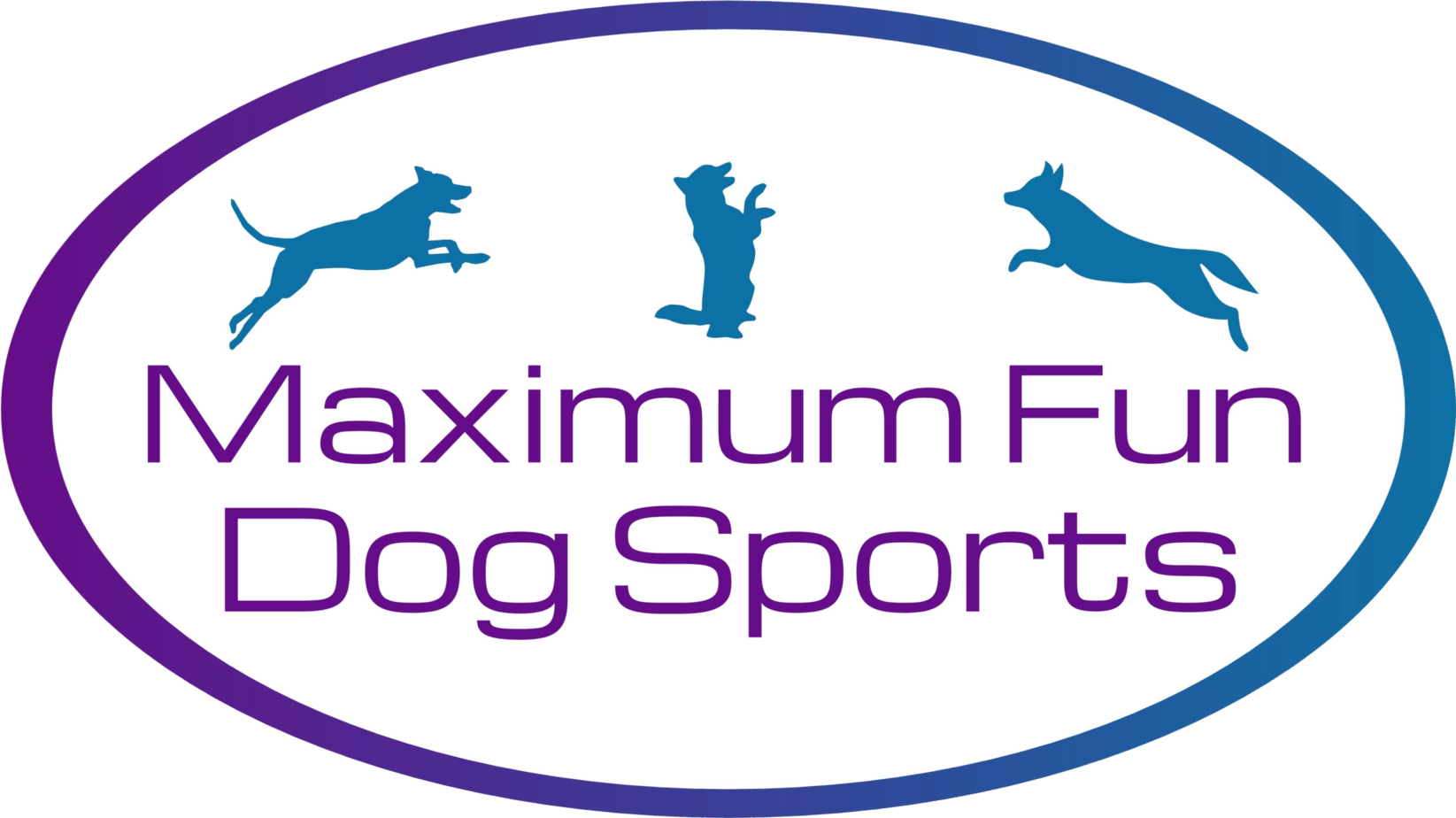
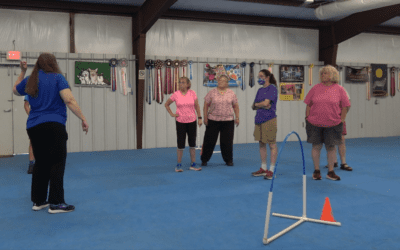
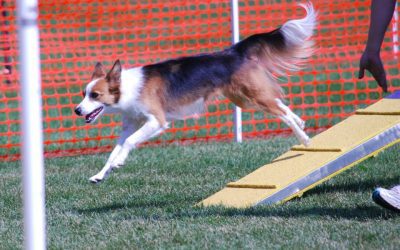
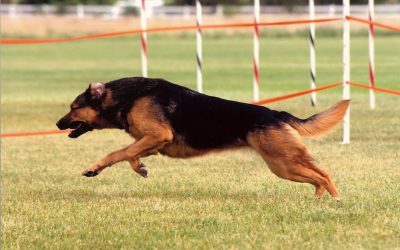
0 Comments